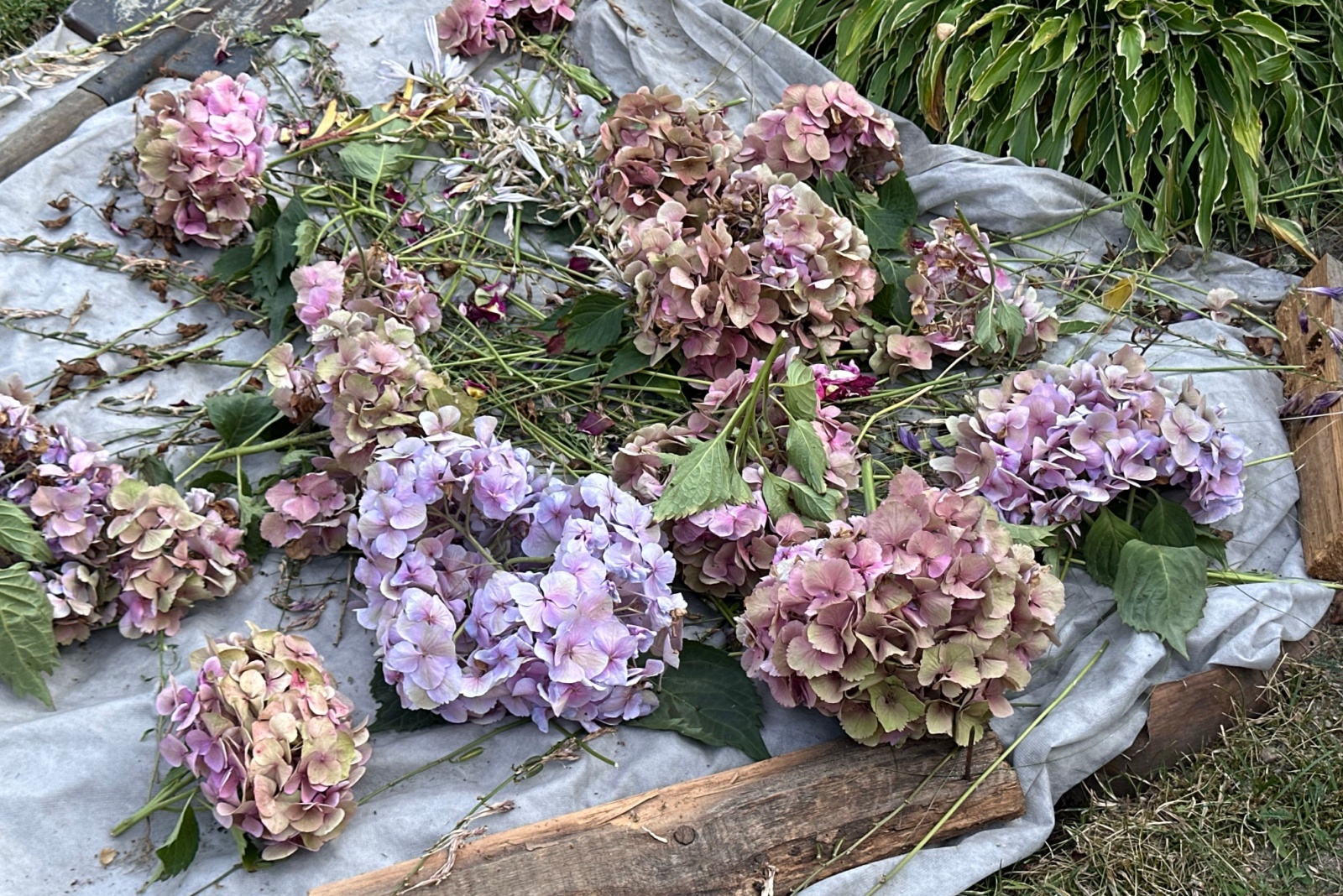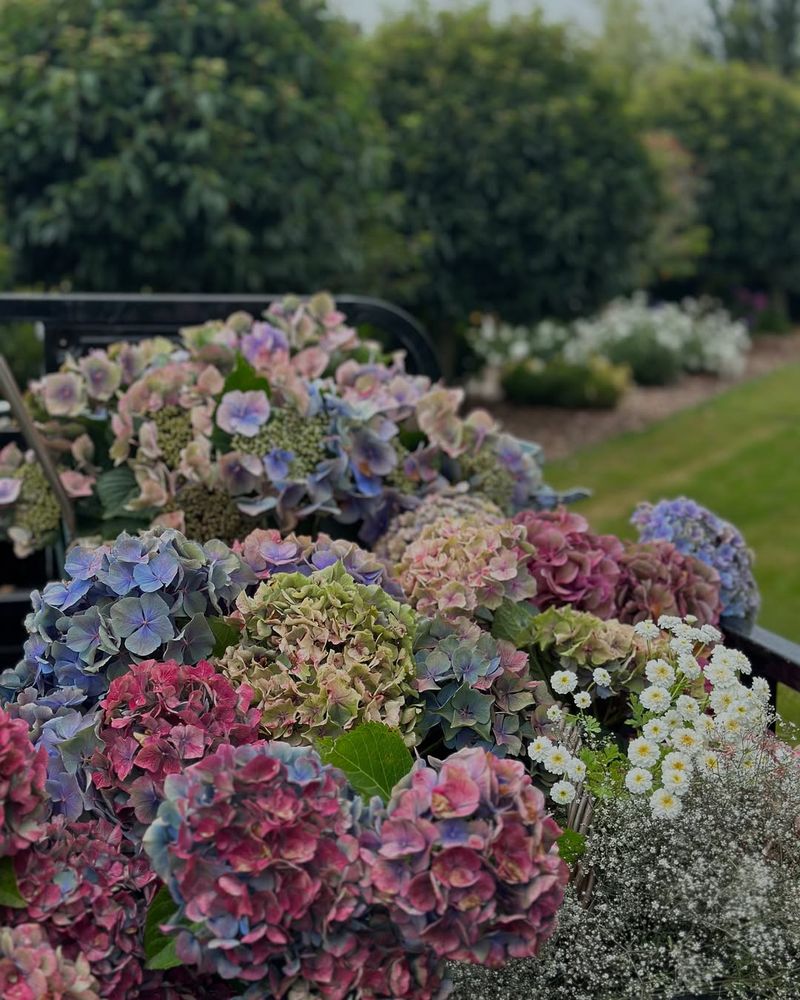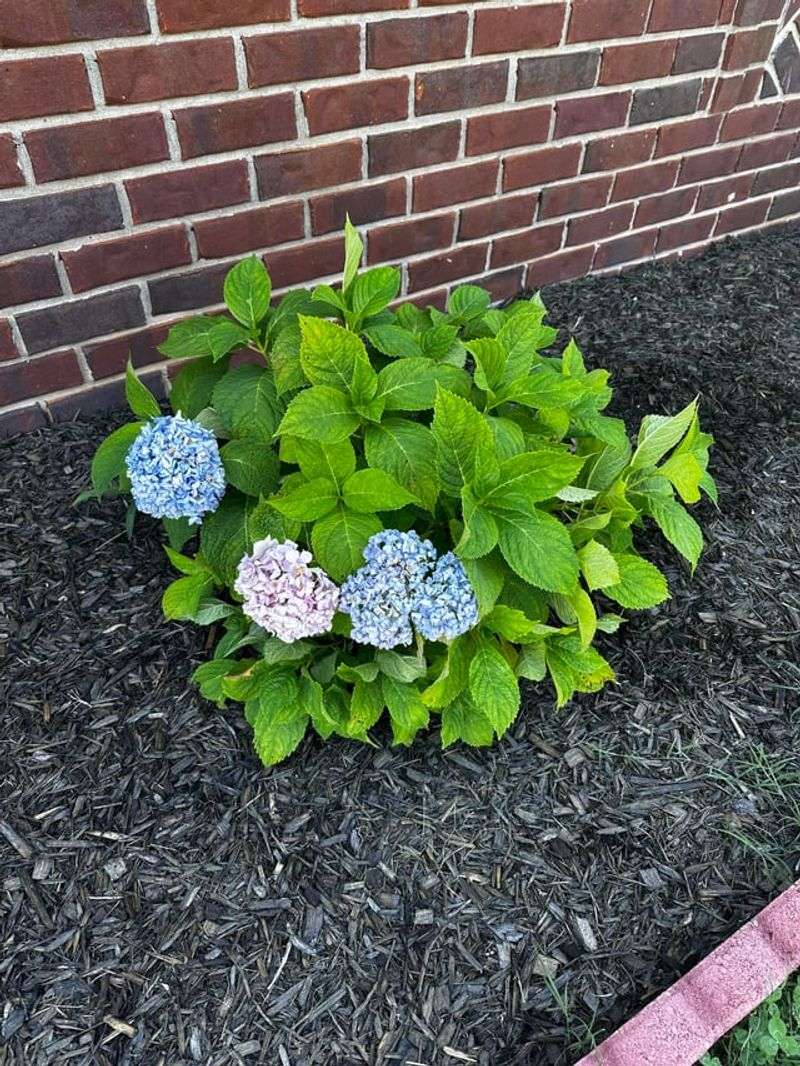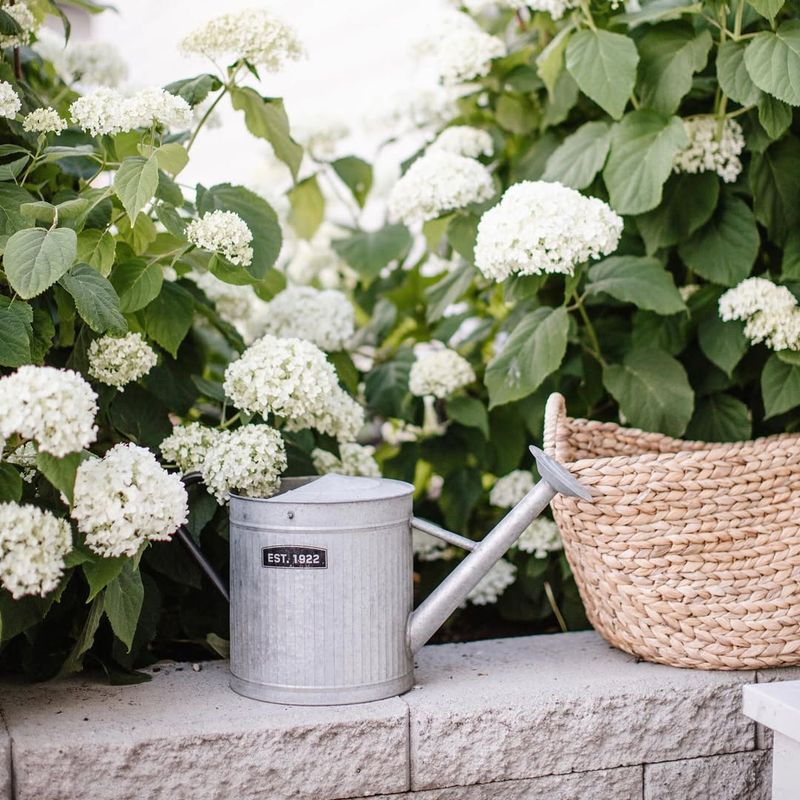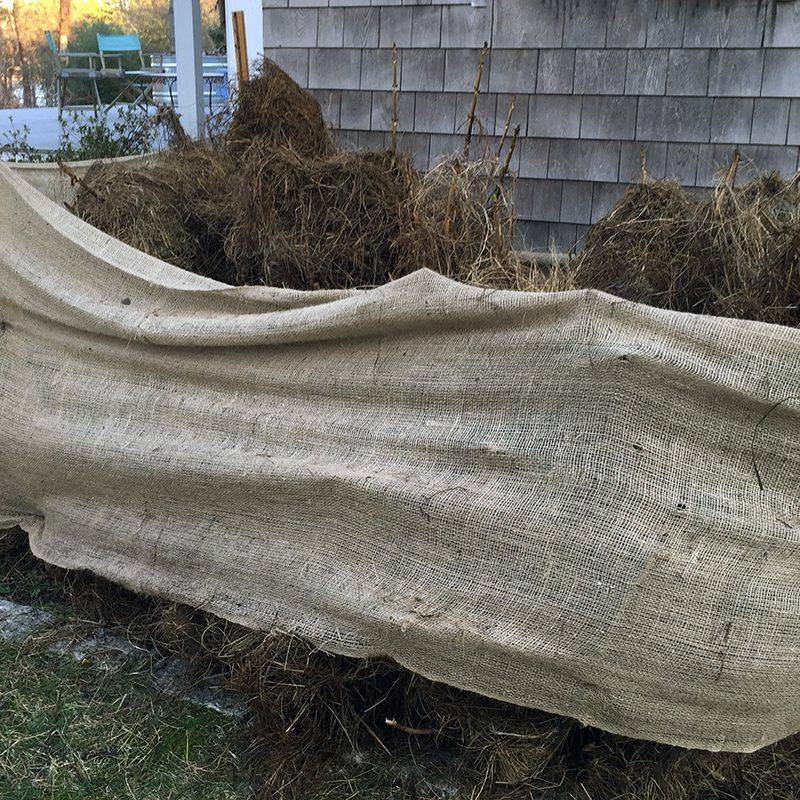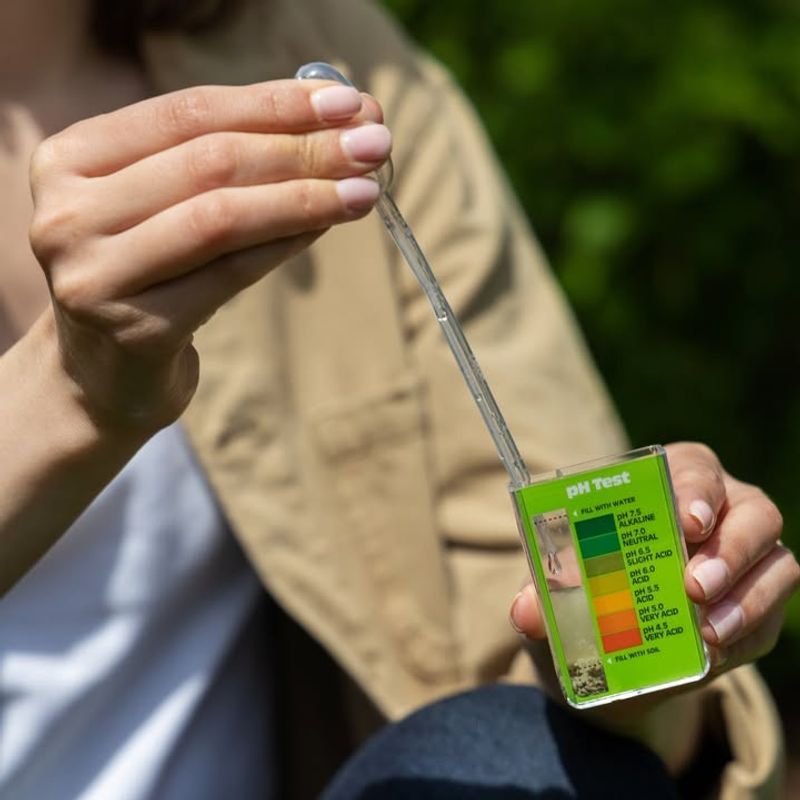October is a critical month for Connecticut gardeners who love their hydrangeas. With winter approaching fast, your beautiful bushes need special attention right now to survive the cold months ahead.
Taking care of these tasks this week will help ensure your hydrangeas come back strong and healthy next spring with plenty of gorgeous blooms.
1. Stop Deadheading And Let Blooms Stay
Many gardeners love removing spent flowers throughout the growing season, but October is when you need to stop this habit completely. Those dried blooms actually provide important protection for the buds underneath during harsh Connecticut winters.
Leaving the old flowers on your hydrangeas creates a natural shield against freezing temperatures and icy winds. The dried petals act like tiny umbrellas, keeping moisture and extreme cold away from delicate new growth that will bloom next year.
2. Apply A Thick Layer Of Mulch Around The Base
Your hydrangeas need a cozy blanket before winter arrives, and mulch is exactly that. Spread a three to four inch layer of organic mulch like shredded bark, leaves, or wood chips in a circle around each plant’s base.
This protective layer keeps soil temperatures more stable when Connecticut weather swings between warm days and freezing nights. Mulch also holds moisture in the ground and prevents roots from heaving out of the soil during freeze-thaw cycles that damage plants.
3. Water Deeply Before The Ground Freezes
Even though temperatures are dropping, hydrangeas still need one last good drink before winter sets in. Give your plants a thorough watering session this week, making sure moisture reaches deep into the root zone.
Well-hydrated roots handle winter stress much better than dry ones. Connecticut’s cold winds can actually dry out plants during winter, so starting with moist soil gives your hydrangeas the reserves they need to stay healthy until spring rains return.
4. Skip Pruning Until Spring Arrives
It might be tempting to tidy up your hydrangeas now, but put those pruning shears away until warmer weather returns. Cutting branches in fall removes the natural insulation that protects plants from Connecticut’s brutal winter temperatures.
Those stems you want to trim are actually helping your hydrangeas survive. Wait until late March or early April when you can see which branches made it through winter and which ones need removal.
5. Build A Protective Burlap Windbreak For Exposed Plants
Hydrangeas planted in open areas where wind whips through need extra defense against Connecticut’s harsh winter gusts. Create a simple barrier by driving stakes into the ground around your plant and wrapping burlap around them.
This windbreak doesn’t need to be fancy or completely enclosed. Just blocking the prevailing wind direction makes a huge difference in preventing bud damage and branch breakage from ice storms that commonly hit the region during winter months.
6. Check Soil pH And Add Amendments If Needed
Fall is actually the perfect time to adjust your soil chemistry because amendments have all winter to work into the ground. Test your soil’s pH level now, then add the right materials to achieve your desired hydrangea color for next season.
For blue blooms, work aluminum sulfate into acidic soil. Pink flowers prefer sweeter conditions, so add garden lime if your soil is too acidic. Connecticut’s naturally acidic soil often favors blue hydrangeas without much help needed.

